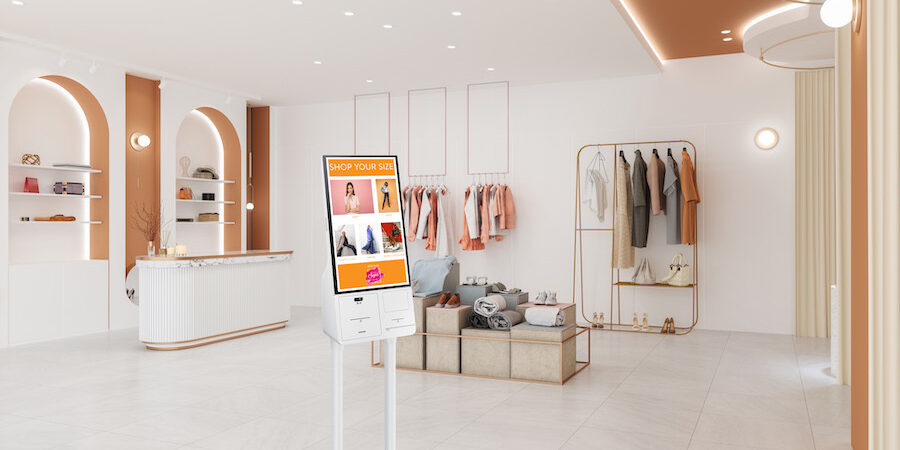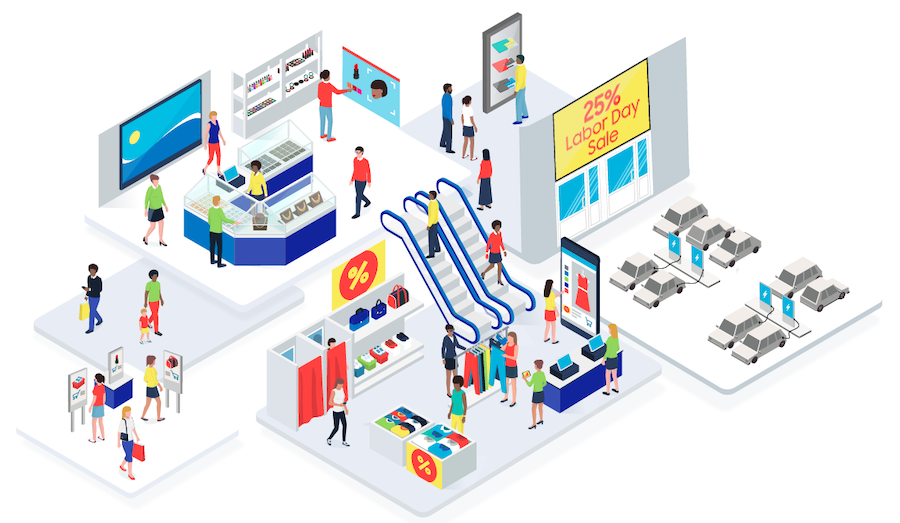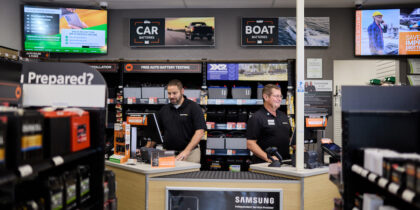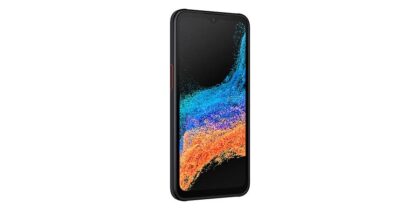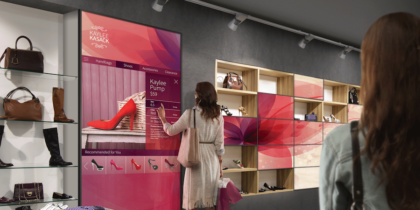To improve retail operations without increasing the workload for staff, many retailers are looking to technology tools like digital signage, self-service kiosks and interactive displays. With strategically placed digital displays, for example, retail operators can engage with consumers in new ways about products, educate them on the features and even provide self-checkout. This frees associates to take care of the more complicated tasks, like stocking inventory, organizing the store or assisting customers with more in-depth support.
This is especially critical during the ongoing labor shortage, especially as the retail industry sees higher turnover rates than others. Smart retail technology and integrated IT solutions allow retailers to meet changing consumer expectations and level up operations. These solutions can upgrade the in-store shopping experience — making it more convenient and profitable.
Let technology do the selling
According to Capital One, shoppers still spend far more — around 85% of the total retail revenue — in brick-and-mortar stores than online websites. In fact, the numbers show that 45% of consumers shop primarily in person, and 72% do so every week. Retail technology offers a critical way to tap these preferences and profit more from them.
How digitizing retail experiences boosts ROI
Explore customer behavior with and the operational benefits of a complete digital retail ecosystem. Download Now
Self-service kiosks, tablets and LED displays don’t just serve these customers more efficiently, they provide them new ways to interact with products. Saatva, an online mattress retailer, uses two-sided displays to greet customers with customized messages as they enter the store. Next to each mattress, an interactive display educates guests about specific features and production processes.
Batteries Plus, meanwhile, uses Samsung 4K UHD LED Displays behind their checkout area, where they act as “silent salespeople,” offering customers timely, location-specific messaging, such as promotions for relevant products triggered by real-time weather alerts. Besides freeing up associates for other more involved tasks, these screens act as a conversation starter for salespeople to talk to customers.
Maintain inventory and streamline retail operations
In today’s omnichannel shopping environment — where orders come from inside the store and online, as well as native apps and third-party shopping sites — retailers must maintain accurate inventory management. Digital displays can be used in both the front and back of the house to keep track of inventory, locate items or update out-of-stock SKUs, ensuring retailers always have the most up-to-date and accurate information as they assist customers.
Samsung Kiosk, for example, can be programmed to mark out-of-stock items as unavailable and allow customers at self-checkout to order the product for home delivery. Samsung rugged tablets equipped with barcode scanning technology provide convenient handheld units for workers to take inventory and manage restocking. If a particular store is out of an item, associates can use their handheld devices to help shoppers locate the item at another nearby location. With the help of cloud-based software, such as Samsung VXT content management system (CMS), inventory is always up to date, as the store’s ordering system can connect to its vendor databases.
Mitigate risks with IT experts
Most retailers know they need to take advantage of digital technology but do not know where to start. Factor in staff shortages, and operators must get even more creative about maintaining efficient workflows, including the IT department that monitors their tech stack. The Samsung software integrated into the display can help manage IT by supporting and enabling custom content scheduling — all protected by Samsung Knox, a defense-grade mobile security platform. That’s a boon for smaller businesses and brands that may not have the budget for these.
Samsung VXT CMS also extends a lifeline for time-strapped marketing managers and small teams without a dedicated IT department, as it routinely performs health checks on the equipment and software, alerting retailers to real-time issues.
Innovating to retail productivity and success
While online shopping is here to stay, brick-and-mortar retailers are leading the way when it comes to innovative, omnichannel strategies. Digital displays backed by a cloud-based CMS let retailers deliver customized content and self-service kiosks, even with limited staff and budget resources — and especially then.
See how retail brands like Good American seamlessly bridge online and in-person commerce with Samsung displays and VXT software in this case study. Also learn more about how digital signage drives retail traffic and sales.
